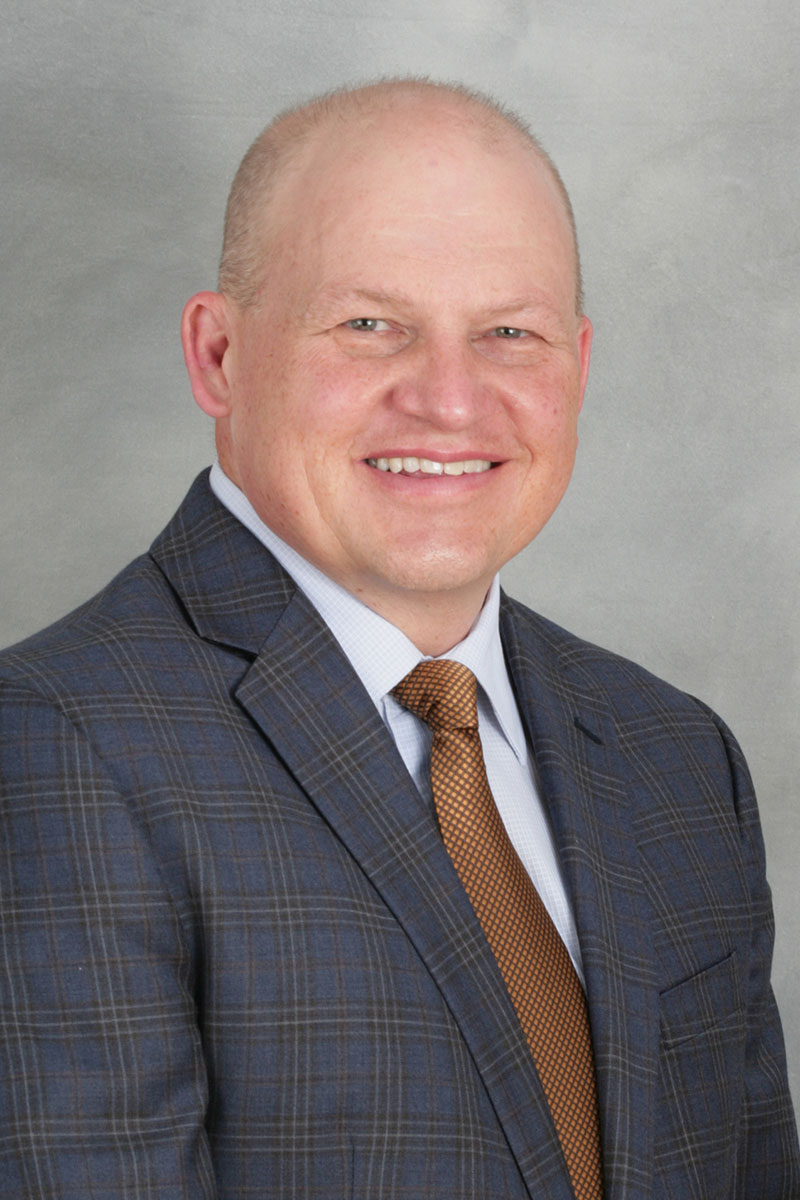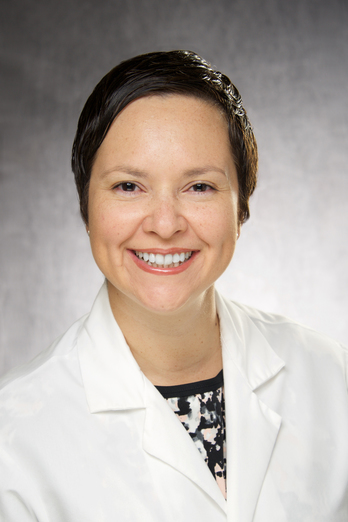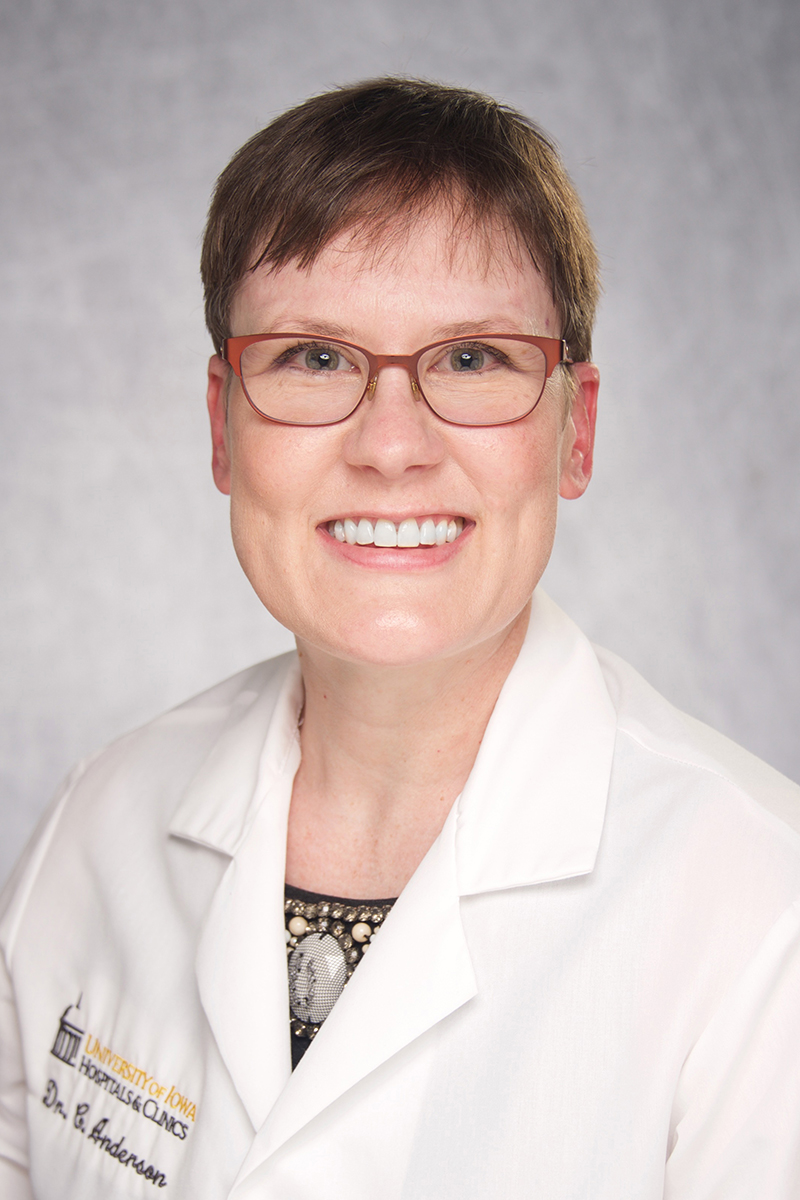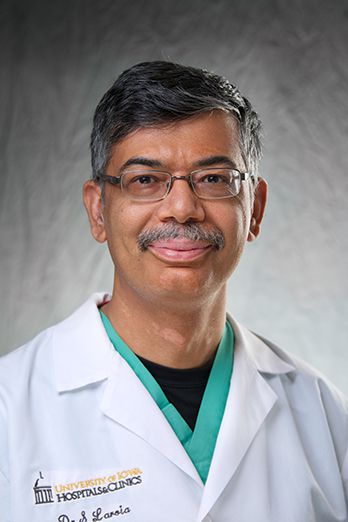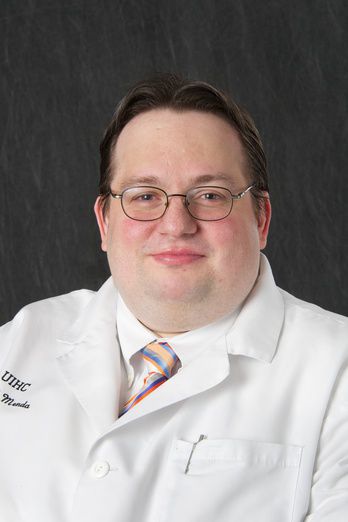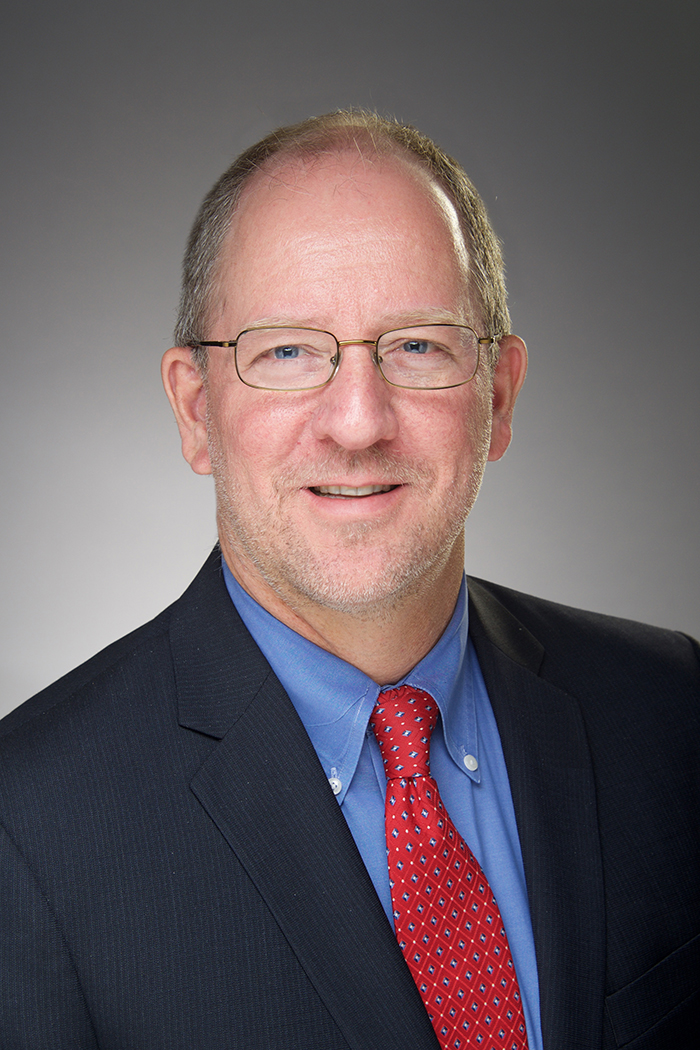Pheochromocytoma and paraganglioma are rare neuroendocrine tumors.
Pheochromocytoma is a tumor that forms in the adrenal glands, which are at the top of the kidneys.
Paraganglioma is a tumor that often forms near the carotid artery in the head and neck. It can also form on either side of the spine. Paragangliomas and pheochromocytomas can make hormones related to adrenaline. These hormones can travel through the bloodstream and cause a variety of symptoms.
Because of their similarities, pheochromocytoma and paraganglioma are sometimes referred to together as pheo para.
High blood pressure that is difficult to control is a common sign of pheochromocytoma and paraganglioma.
Other signs and symptoms of pheochromocytoma and paraganglioma may include:
- Headaches
- Anxiety attacks
- Fast or irregular heartbeat
- Excessive sweating
- Shakiness
- A pale appearance in the face
Sometimes the symptoms of pheochromocytoma and paraganglioma can be triggered by events such as:
- Physical activity
- Stress
- Childbirth
- Eating certain foods that contain tyramine, such as red wine or chocolate
If you have any of these symptoms, that doesn’t mean you have pheochromocytoma or paraganglioma. But if you’re concerned about the frequency of these kinds of symptoms, you should discuss them with your doctor.
Some pheochromocytoma and paraganglioma tumors don’t cause any noticeable symptoms.
Some inherited disorders and changes in genes increase your risk of pheochromocytoma or paraganglioma.
The cause of pheochromocytoma and paraganglioma is not known. But some things are known to increase your chances of getting them. These are called risk factors.
Risk factors for pheochromocytoma and paraganglioma include genetic abnormalities such as:
- Multiple endocrine neoplasia 2 syndrome, types A and B (MEN2A and MEN2B)
- von Hippel-Lindau (VHL) syndrome
- Neurofibromatosis type 1 (NF1)
- Hereditary paraganglioma syndrome
- Carney-Stratakis dyad (paraganglioma and gastrointestinal stromal tumor, also called GIST)
- Carney triad (paraganglioma, GIST, and pulmonary chondroma)
Genetic testing and counseling is available for adult and pediatric patients. Our genetic counselors provide diagnosis and work closely with our specialized care teams to help develop screening and care plans for patients who are affected by, or at risk for, hereditary paraganglioma syndrome.
For additional information on pheochromocytoma and paraganglioma:
Holden Comprehensive Cancer Center is a leader in pheo para care and in the research of new pheo para treatments.
- Clinical trials
-
Our doctors can offer you new medications, treatments, or procedures not yet widely available.
- The latest advances in pheo para treatment
-
Holden innovations for paragangliomas and pheochromocytomas include peptide receptor radionuclide therapy (PRRT) and theranostics, a method that combines radioactive drugs to identify and treat the main tumor and any metastatic tumors. University of Iowa researchers led the national clinical trial of Ga68-DOTATOC as a test to identify pheo para and other neuroendocrine tumors.
- Advanced technology
-
Holden is one of five centers in the United States that use MR-Linac, a device that combines state-of-the-art imaging and radiation targeting. This technology is especially useful for patients with paragangliomas and pheochromocytomas near the brain or spinal cord, in the liver, in the pancreas, or in the adrenal glands. MR-Linac more accurately targets the tumor and saves more healthy tissue.
Holden is one of 13 centers in the U.S. performing AZEDRA MIBG radioactive therapy for patients with pheo para.
- A team of experts dedicated to pheo para
-
Pheo para is a complicated disease that requires a team working in close collaboration. Our care teams include adult and pediatric specialists in abdominal, chest, head and neck surgery, endocrinology, oncology, radiation oncology, nuclear medicine, and genetic counseling. The pheo para team meets regularly to discuss patient care plans, treatment, research, and more.
- International recognition
-
University of Iowa Health Care is widely recognized as a leader in advanced pheo para patient care and research, including:
- Fifth center in the United States to be named a Center of Excellence by the Pheo Para Alliance
- First U.S. cancer center to be designated a Center of Excellence by the European Neuroendocrine Tumor Society
- First center in the U.S. to receive a Specialized Program of Research Excellence grant from the National Cancer Institute to study the prevention, detection, diagnosis, and treatment of neuroendocrine tumors
Our pheo para care team is a select group of experts.
Internal Medicine Physician
Medical Oncologists
Obstetrics and Gynecology Physician
Otolaryngologists
Pathologist
Pediatric Physicians
Radiation Oncologist
Radiologists
Surgeons

Evgeny Arshava, MD, FACS
- Clinical Professor
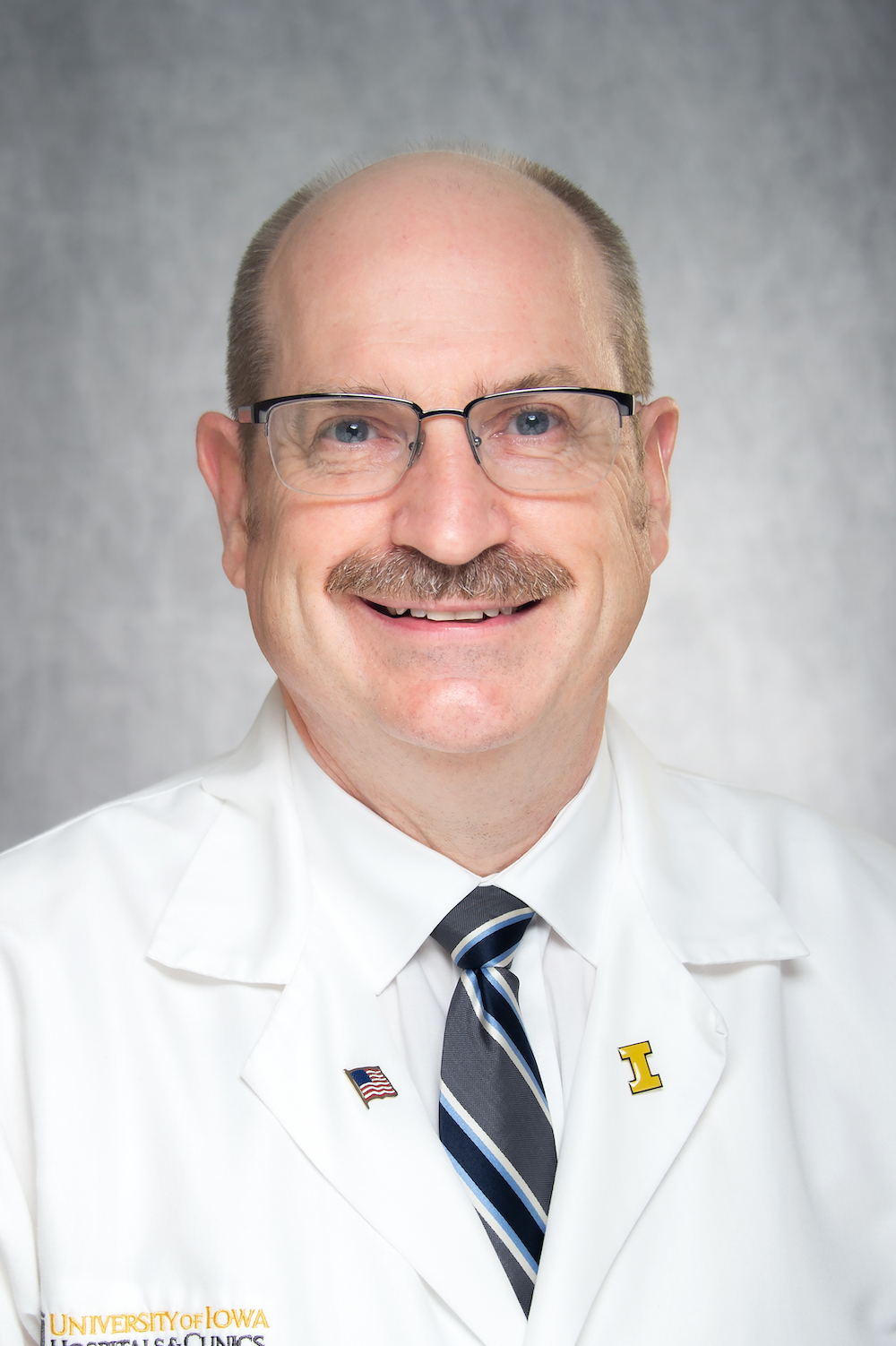
James Howe, MD
- Co-Leader Gastrointestinal Neuroendocrine MOG
- Professor

John C. Keech, MD, FACS
- Clinical Professor
- Director of the Center for Procedural Skills and Simulation

Kalpaj R. Parekh, MBBS
- Professor
- Cardiothoracic Surgery Division Director
- Lung Transplant Surgical Director

W. John Sharp, MD
- Professor

Anthony M. Swatek, MD
- Assistant Professor
Urologist
Nurse practitioners
Nurse Coordinator
Cancer Care Clinics
Clinical Cancer Center
21602 Pomerantz Family Pavilion (PFP)Elevator M, Level 1
Phone: 1-319-356-4200




